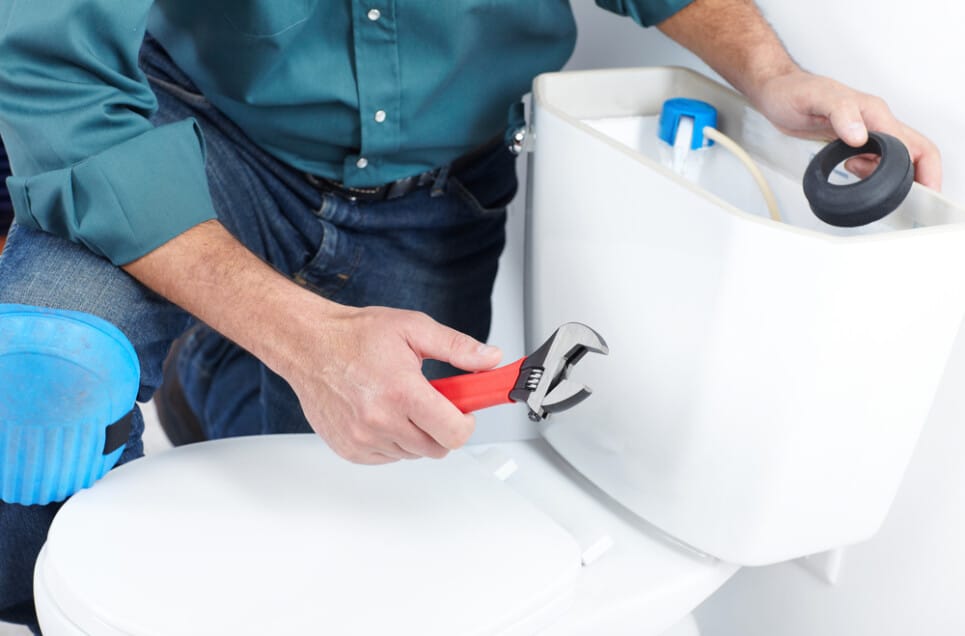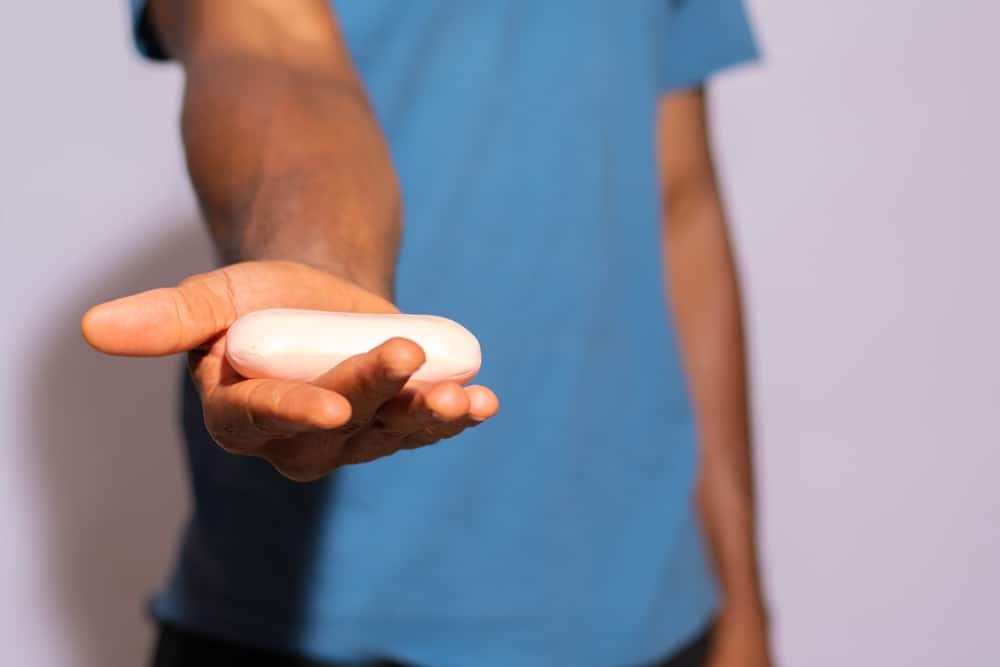DIY (or Do It Yourself) is the latest craze in owning a home. From refinishing furniture to completely renovating a bathroom, people are tackling projects in their homes to save money. Sometimes, though, DIYing isn’t about the aesthetics; it’s about fixing problem areas in the house. Learning how to handle some simple home repairs yourself can save you some time and money. After all, you will understand quickly when you are a homeowner that it is not the same as renting. You don’t have a landlord to rely on to fix things around your place — whether minor or major. Instead, you will have to be a handyman, repair guru, or whatever DIY fixer you want to call yourself. To save yourself a lot of stress, let’s look at some solutions to everyday household problems. That way, you can fix common household problems on your own with these simple repairs.

40. Let’s get rid of holes in the wall with an easy DIY household repair.
If you don’t have spackle, you don’t need to make a run to the closest home improvement store just yet. Mix some baking soda and super glue together to create a paste, then use your mixture to fill in cracks and holes in the wall carefully. It’ll harden into a plastic-like substance that you can then file down with sandpaper. The mixture will be whitish, so this is best used over lighter walls unless you plan to repaint (via Shareably).







































